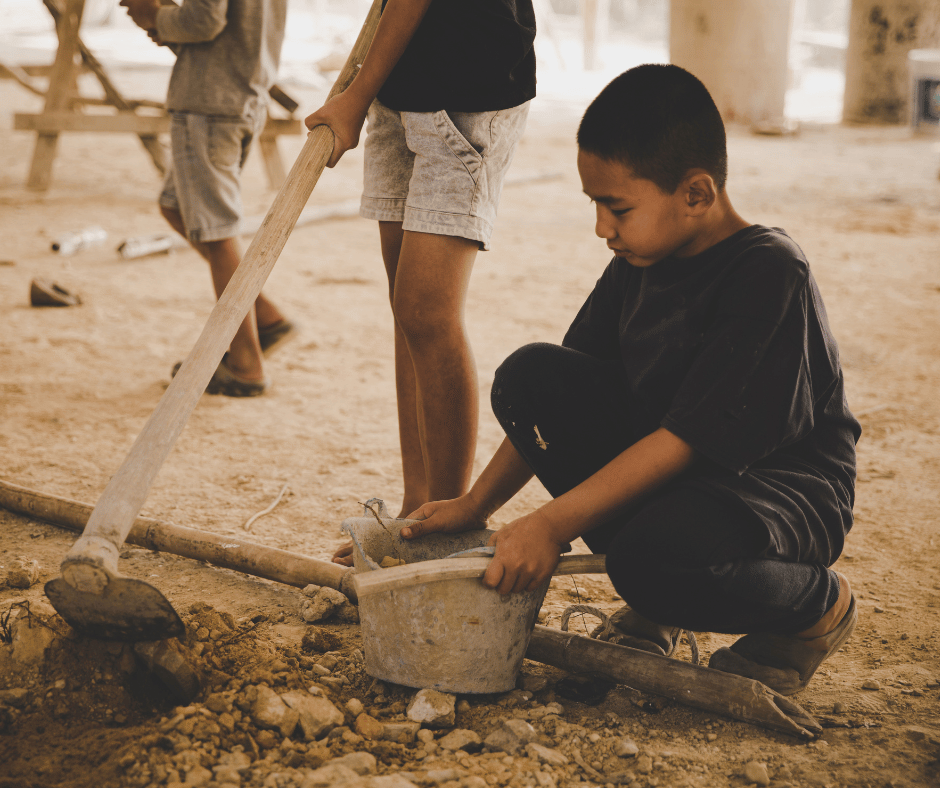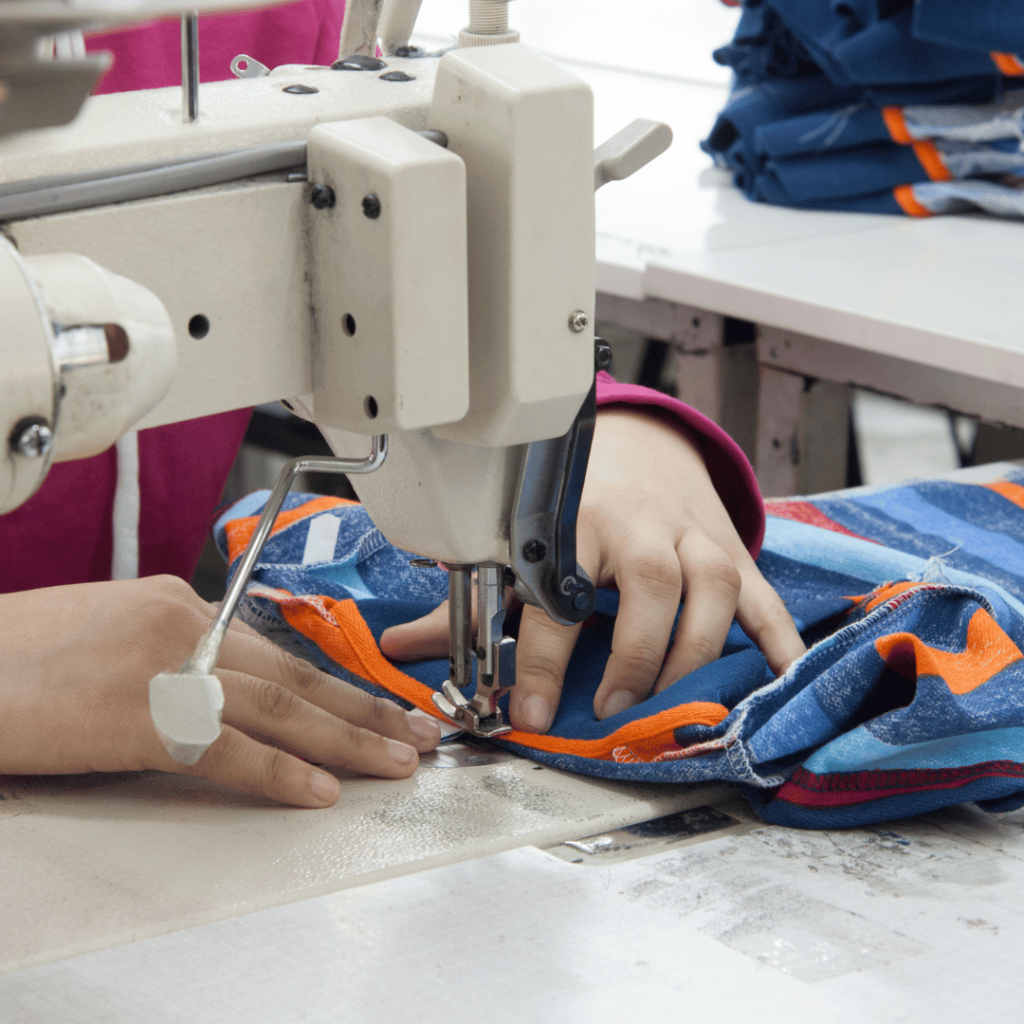Human trafficking is synonymous with the term “modern slavery,” and while this might feel like a nefarious comparison, it is the reality. No, “modern slavery” is not a marketing term that was created to instill fear into the public about the horrors of human trafficking. On the contrary, it is an accurate depiction and a way to make people understand the truth about what precisely human trafficking is and hopefully to inspire action.
But identifying modern slavery for what it is is merely a start when it comes to facing the problem of human trafficking around the world. Though campaigns spread awareness and survivors share their stories to help people understand, too many people still think that human trafficking is a minor problem that happens only in undeveloped countries or, even worse, only on the television.
Another reality check: there are dangerous amounts of human trafficking around the world hidden in plain sight. Even in America, where there is a proud consensus that slavery is a thing of the past, there are statistics that demonstrate the opposite.

Human Trafficking in the United States
While it is difficult to retrieve precise numbers (the most obvious reason is that there is a great deal of human trafficking around the world and in the United States that goes unreported), the U.S. National Human Trafficking Hotline reported 10,583 instances of human trafficking in the United States in 2020.
To be clear, “instances” is not the same as “individuals,” which makes a statistic like this hit a bit harder. Of those 10,583 instances, there were 16,658 victims. And to break this down even further, of those 16,658 victims, 10,836 were submitted to sexual exploitation, while 3,583 were forced into labor situations.
These numbers reveal a couple things. For starters, criminals are operating in human trafficking around the world and are hidden in plain sight. These numbers are significant, and not all of these instances are happening exclusively behind closed doors. Another factor that these statistics shed light on is that these criminals operate under different motivations. Sexual exploitation and forced labor are very different things, but both are a form of ongoing slavery. It is important to dispel the notion that there is a blanket web of human traffickers operating in the same way. There are many individuals and tactics at play.
But naturally, human trafficking around the world is a bigger problem that just what the United States sees. It begs the question, if these are the numbers in the United States, where else does human trafficking occur? And how severe is the problem really?
What Countries Have the Most Human Trafficking?
Again, since a significant amount of human trafficking around the world goes unreported, it is difficult to have exact worldwide human trafficking statistics. However, by looking at the numbers that are available, as well as additional factors, there is a great deal of insight that can be gained and deciphered.
For example, the State Department has gone on record by identifying 17 countries that haven’t taken proper action to prevent human trafficking around the world. This report (Trafficking in Persons) notes that an estimated 25 million people, including children, are victims of human trafficking around the world. The report also breaks down countries into tiers:
- Tier 1: Best ranking
- Tier 2 and Tier 2 Watchlist: Middle rankings
- Tier 3: Worst ranking
According to the report, the following countries are categorized as Tier 3 and make up more than the top 10 human trafficking countries:
- Afghanistan
- Algeria
- Burma (Myanmar)
- China
- Comoros
- Cuba
- Eritrea
- Guinea Bissau
- Iran
- Malaysia
- Nicaragua
- North Korea
- Russia
- South Sudan
- Syria
- Turkmenistan
- Venezuela
The report criticizes not only those countries that fail to do enough to prevent human trafficking but also those countries whose policies might support it. For instance, China earns its category as a Tier 3 country because its government has a policy of forced labor in detention camps.
Child Trafficking Is a Major Concern
According to the U.N. Office on Drugs and Crime’s Global Report on Trafficking in Persons, almost 20% of victims of human trafficking around the world are children. However, this human trafficking worldwide statistic is an overall average, and some countries have a far bigger problem than others.
For instance, children make up the majority in some parts of Africa and the Mekong region. In some parts of West Africa, children account for nearly 100% of human trafficking victims. And another important rumor to dispel when it comes to children is that there is a great deal of movement across continents or countries, but this is not the case. When children are victims of human trafficking, they are usually being exploited close to home.

Who Is Most Likely to Be Trafficked?
As mentioned, criminals operating in human trafficking around the world are doing so with different motives. According to the U.N. report cited above, 79% of human trafficking around the world is for the purpose of sexual exploitation, while 18% (the second-most common) is for forced labor.
However, there are common factors that victims (or would-be victims) tend to share. Traffickers take the time to coerce and manipulate their prey, unlike in the movies where militant workers abduct victims, putting them in a van and transporting them to some off-the-grid place. These coercive and manipulative tactics, like human trafficking itself, happen around the world in plain sight. So how do these criminals choose their prey? They look for those who appear to be vulnerable for one reason or another. These vulnerabilities tend to include:
- Struggles (previous or ongoing) with substance abuse disorders
- Histories of previous violence
- Displacement from a home, either because of disaster, poverty, or migration
This is not a complete list, but it demonstrates a trend. Human traffickers around the world offer the appearance of friendship and help, and manipulate a victim into believing they can offer a new path. It is a despicable effort, but sadly, it is one that continues to lead to human trafficking statistics around the world.
Join the Fight Today to End Human Trafficking!
Human trafficking around the world needs to end, and it isn’t only up to the countries and world governments to see this through. As individuals, there is much that can be done to spread awareness and take the fight to the criminals. Donating to organizations like DeliverFund is one way that you can ensure the organizations who are fighting the good fight stay funded and lower the human trafficking statistics around the world.
Join the fight today to end human trafficking once and for all.









